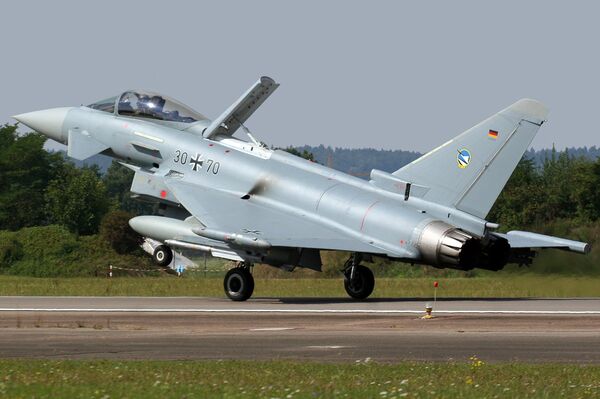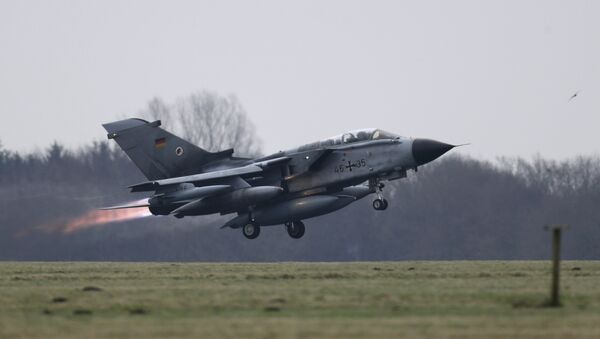German broadcast station N-TV reported on Thursday that the Luftwaffe will replace the remainder of its Tornado aircraft with a mix of new jets, but none are a direct fit for Berlin’s needs. The service’s roughly 93 Tornado jets will be replaced by 90 Eurofighters, 30 Super Hornets and 15 Growlers - none of which are certified to carry the B61 nuclear bomb that became the Tornado’s raison d’etre in the German air force.
British defense scholar Justin Bronk, a research fellow with the Royal United Services Institute, fumed on Thursday that Berlin had gotten “the worst of all previously mooted outcomes.”

“Neither Eurofighter nor Super Hornet are a credible delivery system for the B61 against Russian targets due to the vulnerability of both platforms to modern Russian air defenses,” Bronk wrote, noting that as a gravity bomb, the B61 is of limited use, since neither aircraft is stealthy enough to breach Russia’s “extremely capable and thoroughly modernized integrated air defense system.”
Moreover, the Hornet is a light and nimble jet designed for naval aviation, not continental heavy combat, and the German Navy has no aircraft carriers. Only the Growlers make sense: they can take up the electronic warfare missions presently performed by some Tornados, as well as provide cover for suppression of enemy air defenses (SEAD) missions, in which ground attack aircraft hunt enemy radar stations and the anti-air missile batteries that rely on them for targeting.
Even though Germany has no nuclear weapons program, the German Tornados are permitted to deploy American B61 nuclear gravity bombs in a European conflict on behalf of NATO, The War Zone explained, via a nuclear sharing agreement.

Boeing spokesperson Justin Gibbons assured Defense News on Friday that the Super Hornets could measure up to Berlin’s needs.
“The F/A-18 Super Hornet is capable of being certified to meet B61 requirements for Germany under its timeline,” he said. “Boeing has a proven track record of successfully integrating weapons systems that meet the needs of both US and international customers.” He provided no timeframe for that certification.
The Eurofighters will not only replace the Tornados, but also older versions of Eurofighters Germany bought years ago. The Typhoon, like the Tornado, was built by a consortium of European defense contractors financed by several NATO powers. In the Typhoon’s case, it was Airbus, BAE Systems and Leonardo, and in the Tornado’s case it was Italy’s Aeritalia, Germany’s MBB, and British Aerospace, the precursor to BAE. The first Typhoons were introduced in 2003, and the first Tornados entered service in 1979.
Sputnik reported in January that the Luftwaffe had only 12 functional Tornados left and was increasingly forced to cannibalize some jets for parts to keep others flying.
Berlin won’t be buying the aircraft in question until 2025, but it’s estimated that keeping the Tornados flying for another five years could cost €13 billion. No price for the buy has been announced, but German newspaper Handelsblatt described the deal as “worth tens of billions.”


